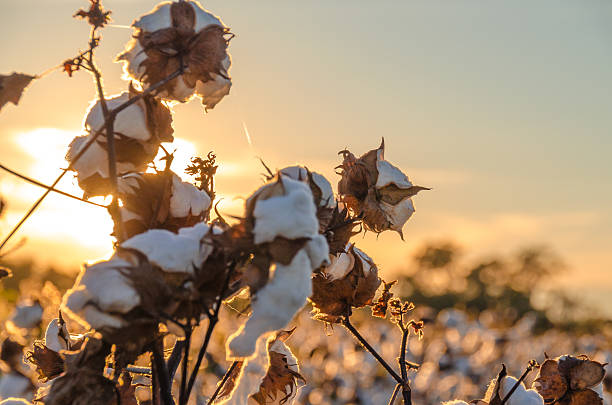Concerns over the supply from important U.S. growing regions caused cotton candy prices to jump by 1.13% to settle at 61060. According to the U.S. Department of Agriculture (USDA), 31% of the cotton crop was in good to excellent condition, with a little reduction occurring after the passage of Hurricane Idalia. According to the USDA’s Foreign Agricultural Service, due to smaller planted acreage, China’s cotton production for 2023–2024 has decreased to 5.9 million metric tonnes.
Cotton predictions were modified by the USDA’s August WASDE report, which decreased production by 2.7 million bales while boosting consumption by 500,000 bales. India had difficulties producing cotton, as there was a 3.65 lakh hectare decrease in seeding from the previous year. Tight local supplies were a result of Gujarat’s poor monsoon season, mill closures, and low stock levels of old cotton crops.
In some regions of North and South India, new cotton crops have started to arrive, and prices are now higher than the minimum support price (MSP). Demand is anticipated to increase after early deliveries of about 3,000 bales, particularly after September 15. Punjab has seen a sharp decline in cotton arrivals, with only a third of the volume seen in the previous year being recorded.
This year, Punjab received 8.7 lakh quintals of arrivals for the 2022–23 season as opposed to 28.89 lakh quintals for the entire 2021–22 season. Overall, supply issues in China and the United States are affecting pricing in the cotton market. Unfavorable weather and a decrease in sowing have made India’s predicament worse. The cotton market will pay particular attention to how these variables change in the upcoming months.

